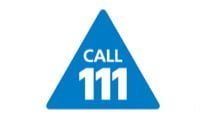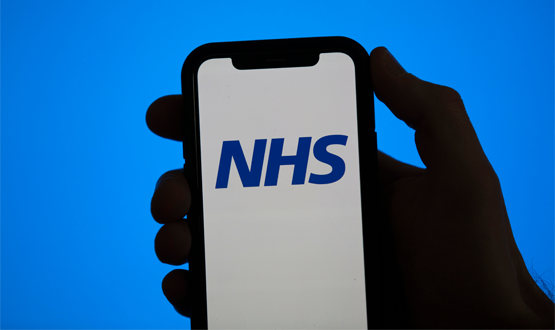NHS 111 increased ambulance call-outs
- 14 November 2013

NHS 111 increased the use of ambulances in England during its first year of operation, a new study shows.
The Department of Health commissioned Sheffield University researchers to evaluate the 24-hour urgent care telephone service, which is staffed by non-clinicians who use NHS Pathways to triage patient calls to other services or care.
The study of four areas in England which piloted the scheme from 2010 – Durham and Darlington, Nottingham, Luton and Lincolnshire – has found that the number of 999 journeys rose by 3 per cent in a year and there was no reduction in A&E attendances.
The paper published in BMJ Open concludes: "NHS 111 did not deliver the expected system benefits of reducing calls to the 999 ambulance service or shifting patients to urgent rather than emergency care. There is potential that this type of service actually creates rather than reduces demand for care."
The researchers compared what was happening in three other comparable sites that still used NHS Direct, which was staffed by nurses.
NHS 111 was due to take over from NHS Direct’s 0845 telephone service by April this year, however the roll-out was plagued by delays and problems.
In March, EHI reported that the Manchester service went into "total meltdown" on its first night and earlier this year, the chair of the BMA’s GP Committee Dr Chaand Nagpaul described the implementation and planning of NHS 111 as an "abject failure".
However, an NHS England spokesperson said NHS 111 now provides a good service to the public.
“The Sheffield study took place in the original four pilot NHS 111 areas and its results were used to design the current service. However, the study is now significantly out of date and is not directly comparable to the current 111 service,” the spokesperson said.
A&E attendances in areas with 111 for the most recent 12 months compared to 12 months earlier are down by 0.2% and ambulances dispatched from 111 transport the same proportion of patients to hospital as those dispatched by 999.
“The patient satisfaction survey shows that 20% of callers would have gone to A&E if 111 were not available, only 7% of triaged calls are recommended to attend A&E,” the spokesperson said.
Ron McDaniel, senior vice president at ambulance dispatch software provider, Priority Dispatch, said the company has repeatedly raised concerns around the delivery of NHS 111 across England.
"Although the University of Sheffield report was based on pilot schemes, I question what has been done since then to address the core issues – namely, that the service does not meet the primary objectives of making cost savings and reducing the pressure on urgent care services and the emergency care system such as ambulances," he said.
A review by NHS England’s national medical director Sir Bruce Keogh released this week has recommended an enhanced role for NHS 111 to become a “personalised priority contact service”.
NHS England is also investing an additional £15m to support NHS 111 through winter when it will be a key part of local, urgent and emergency care services.




